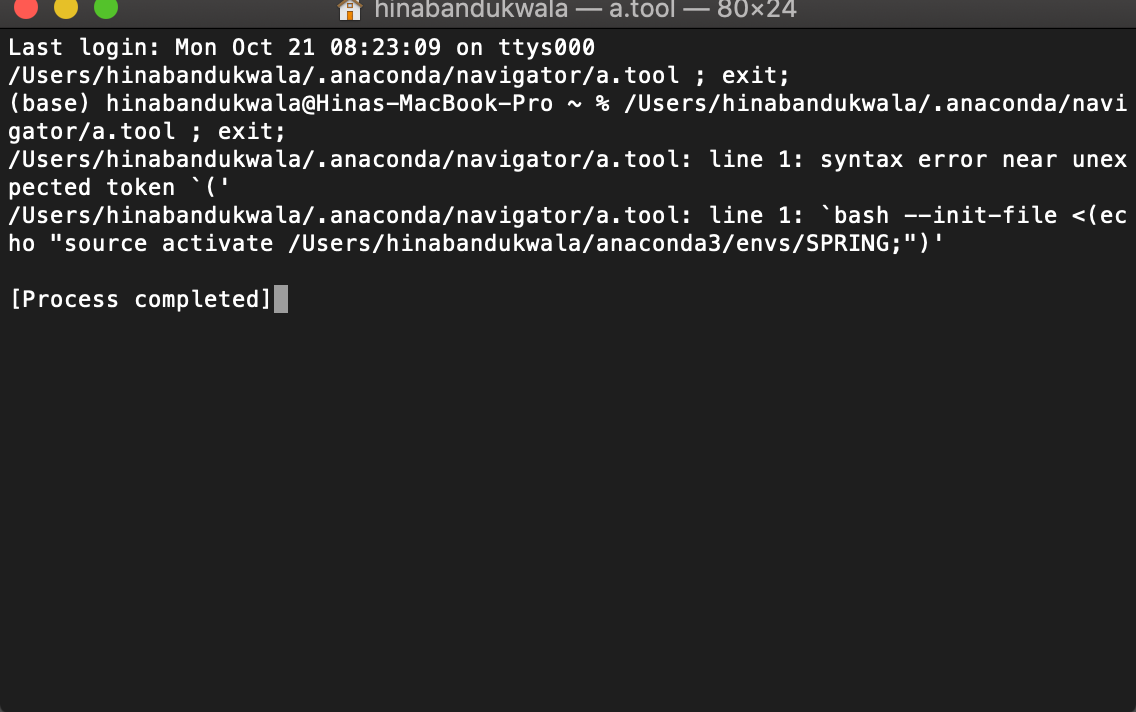

- #Windows terminal add anaconda prompt install
- #Windows terminal add anaconda prompt code
- #Windows terminal add anaconda prompt windows
To do this we need to add the directories containing these resources to the Windows PATH variable. We need to let Windows know where it can find the Python interpreter (i.e., executable), installed packages and resources, and any associated DLLs. The directory structure of the Python installation is shown in the image below. Mine is located here: C:\Python\Python310\.

Make sure you know where you have installed the Python distribution. Once you have Python installed it’s easy to create a Windows batch file that will set environment variables and launch a command prompt that is aware of your Python installation. Configure Python with a Windows Batch File

#Windows terminal add anaconda prompt install
You can install the most recent Python version from the /downloads. I prefer to use the first method because you can create batch files for multiple Python installations (if you regularly use different installations) without confusing your system (or yourself).īefore you start, make sure you have Python installed and know the path of your installation location. Change your system’s environment variables.Create a batch file that sets the appropriate environment variables and opens a command prompt.If you know you have Python installed but running the python command in the terminal doesn’t work it’s probably because Windows doesn’t know where your Python installation is. Create a Windows Batch File to Set the Python Path and Environment Variables

However, if you prefer not to use Anaconda, there are other methods to get an interactive session working. Using Anaconda (or Miniconda) simplifies this process because the Anaconda installation takes care of all the work. Open the Anaconda Prompt Start an interactive Python session.
#Windows terminal add anaconda prompt code
One thing that makes Python so versatile is that scripts can easily be run from both integrated development environments (IDEs) and the command prompt or terminal (check out this tutorial for instructions).Īdditionally, you can type and run Python code directly in the terminal. Python is a very versatile and popular cross-platform programming language that is used for many computational tasks.


 0 kommentar(er)
0 kommentar(er)
